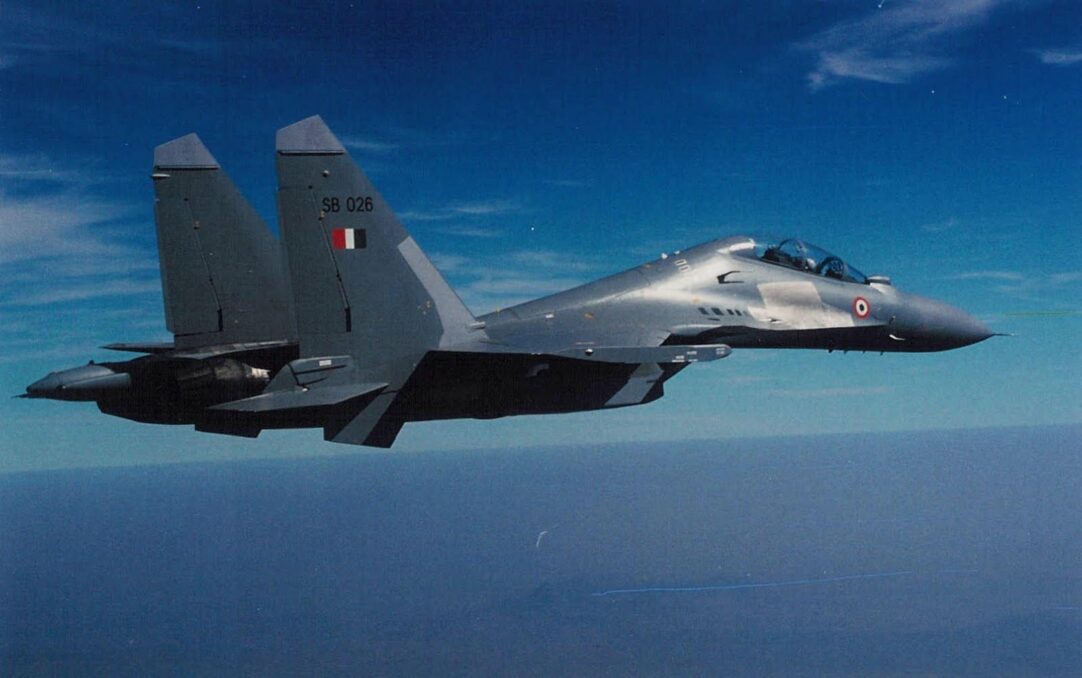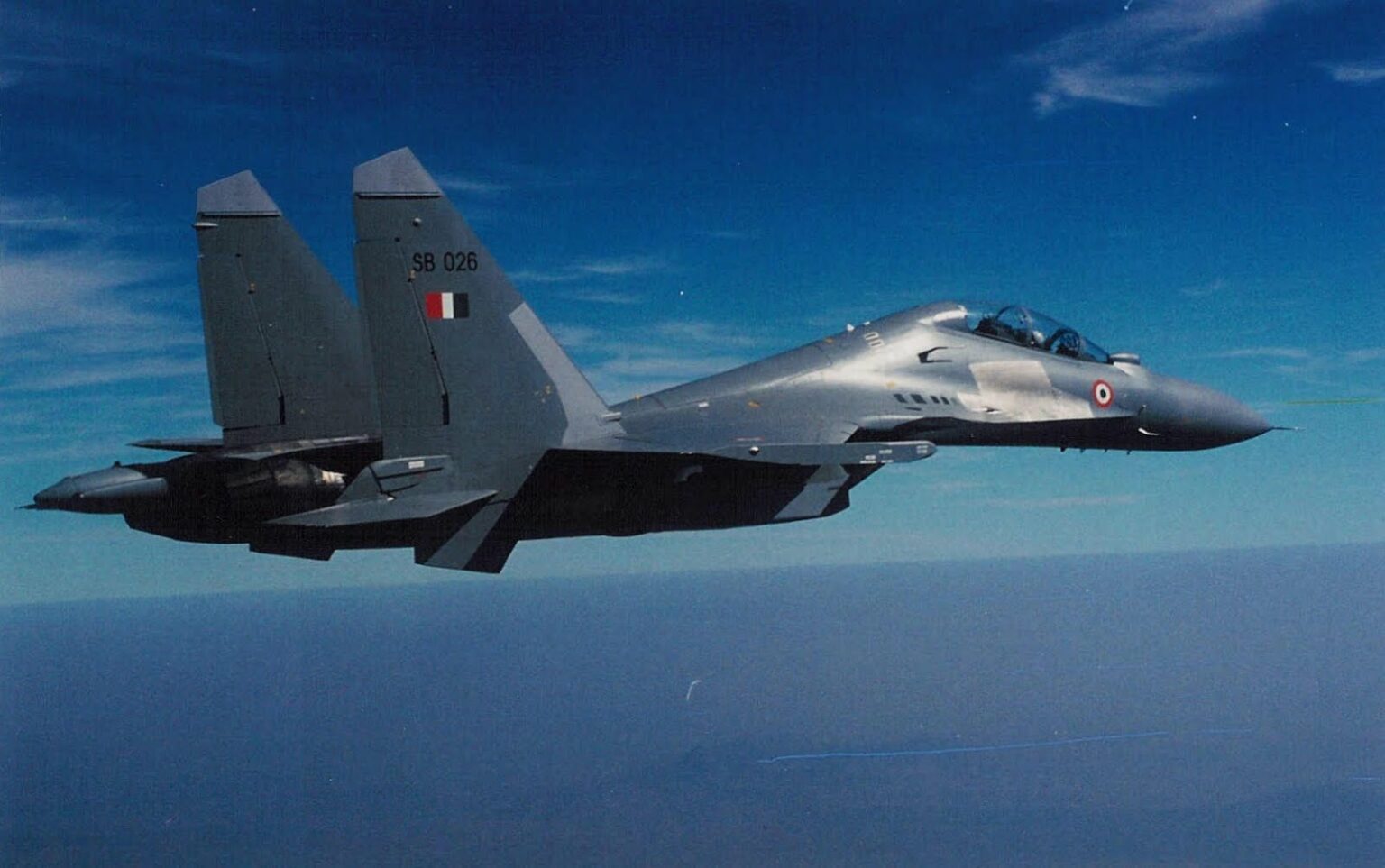India’s substantial investments in various American military equipment have sparked discussions about a potential shift away from its historical reliance on Russian defence equipment. However, security officials, analysts, and experts emphasize that this transformation isn’t solely about transitioning towards Western allies; it primarily revolves around cultivating India’s domestic weapons industry.
Table of Contents

Diversification of Defense Procurement
India’s defence procurement strategy has evolved substantially, driven by a need to modernise its armed forces and reduce vulnerabilities associated with overdependence on a single source. While Russia has been a longstanding defence partner, accounting for a significant portion of India’s arms procurement, the context of Russia’s involvement in the conflict in Ukraine has accelerated New Delhi’s push for diversification. Disruptions in military supplies due to geopolitical factors have underscored the urgency of fortifying India’s defence industry.
Over the past two decades, India has invested over $60 billion in arms procurement, with a substantial portion originating from Russia. However, Defense Minister Rajnath Singh’s vision of ordering over $100 billion worth of weaponry from the domestic arms industry over the next decade demonstrates India’s commitment to reducing external reliance. This commitment aligns with Prime Minister Narendra Modi’s “Make in India” initiative, which aims to boost indigenous defence production and stimulate economic growth.
U.S. Partnership and Pursuit of Self-Reliance
India’s strategic overtures towards the United States have been instrumental in this evolving defence strategy. Recent purchases of American defence equipment, such as GE fighter jet engines and discussions about acquiring MQ-9B SeaGuardian drones, highlight the strengthening ties between the two nations. These agreements aim to enhance India’s defence capabilities and align with its pursuit of self-reliance. The emphasis on joint manufacturing and technology transfer resonates with India’s aspiration to build a robust indigenous defence industry.
Eric Garcetti, the U.S. ambassador to India, acknowledges the increasing technology-sharing between the two countries. However, due to complex international regulations and restrictions, complete autonomy in defence technology will take time. While India seeks to enhance its defence collaboration with the U.S., it has yet to indicate an immediate abandonment of its Russian partnerships. Experts emphasise that the transition from Russian dependence is a gradual and nuanced process spanning decades.
Countering Challenges and Bridging Disparities
India’s focus on diversification extends beyond partnerships with the U.S. The primary objective is to bridge the technological gap with regional rivals, particularly China, which boasts advanced defence capabilities. India predominantly relies on Russian technology for its conventional weaponry, but experts point out that avenues for U.S.-India cooperation lie in developing new systems that India currently lacks. This approach aims to bolster India’s defence capabilities and ensure it can effectively counter regional challenges.
Challenges stemming from Russia’s involvement in Ukraine have impacted India’s defence supplies. Delays in spares for fighter aircraft and the procurement of S-400 air defence systems highlight the vulnerabilities associated with dependence on external sources. India seeks to diversify its defence acquisitions to mitigate these challenges, including French fighter jets, Israeli drones, and potentially German submarines.
Treading Carefully: Navigating Complexities
While India’s defence shift is underway, it has complexities. Bill Greenwalt, a former senior Pentagon official, underscores that the era of U.S. and Russian dominance in the global defence market is evolving. However, stringent U.S. export controls and technology-sharing limitations challenge India’s pursuit of self-sufficiency. Collaborative efforts with Western countries offering more flexible technology transfer arrangements may be sought.
India’s participation in the QUAD alliance and burgeoning ties with the U.S. indicate a multidimensional approach to defence partnerships. However, the longstanding India-Russia partnership remains a critical factor. As India gradually reduces its Russian dependency, it must navigate geopolitical sensitivities to ensure a balanced approach that bolsters its defence capabilities without severing existing ties.
In conclusion, India’s defence strategy is in the midst of a transformative journey, seeking to strike a delicate balance between cultivating domestic defence capabilities and nurturing strategic partnerships. While the shift from Russian dependence is gradual, India’s pursuit of self-sufficiency reflects its commitment to bolstering national security and emerging as a formidable force in the global defence arena. As the geopolitical landscape evolves, India’s pragmatic and considered approach is poised to shape its defence future.













